What can a landscape teach a traveler? In Andalusia, it’s as simple as living like a local and embracing its transportive landscape.
T
o live in southern Spain on the coast of Andalusia – where the occasional sand laden wind blows, is to embrace la calima.
It’s been an hour since I started power washing the walls and patio tiles. I am not even halfway done. Then there are windows that need scrubbing. What’s left of the sand, now turned to mud had to go in the gutters.
My back hurts. My shoulders are stiff. My hands are sore and aching.
The weatherman had warned us about it. Two days ago, I was told about the dust storm or ‘la calima’ as commonly known in this part of the world. But between my dodgy Spanish and his rapid-fire Andalusian way of talking, I had hardly grasped each word he uttered let alone fathomed the full scale of the impending African squall.
Nowhere in Spain does the sand from the Sahara fulfill its redolent mission of intimation from a bygone kingdom that once thrived here during the 14th century. The fleeing Moors abandoned their watchtowers, their sacred gardens and sanctuaries only to leave dust in their wake. They left by dust and through dust they have returned.
To anyone who has set foot on Costa Granadina, fondly called Costa Tropical due to its temperate climate, this part of Spain had always acceded to the visiting Saharan sand with a sense of ease and tolerance. Most houses in the seaside villages of Almuñecar, Salobreña and La Herradura have white exteriors, that after a passing calima turn into a pale shade of cinnamon.
The locals knew only too well, for they had long favored the use of earth-colored tiles that bedecked their patios and terraces. It is one of those little human ingenuities of reconciling with nature, saving oneself from the laborious task of cleaning that comes later. It seems practical when you consider that North Africa accounts for approximately half of the dust worldwide.
There is something about southern Spain that stirs you. It has selected what it wants from the world and what it wants from you.
Gazing south on a clear day, I could see Africa – breathing its hot air towards Spain. A mere 200 kilometers as the crow flies. If I drive north, taking the same sinuous pass that the last Nasrid Emirate of Al Andalus had taken before going into exile in Morocco, I would reach Granada, home to the famed palace of the Alhambra. It was in this city where 700 years of Islamic rule in Spain ended. Looking west, past the tourist town of Nerja, is Malaga, Picasso’s birthplace. To my eastern flank is Almeria.
While many argue that they would rather be someplace else in the midst of a dust storm, I must be mad to have stayed put.
A 19-year-old Laurie Lee abandoned the comforts of his childhood home in England and having just learned one Spanish phrase “will you please give me a glass of water?”, traveled to a Spain on the verge of civil war. So too did Ernest Hemingway and George Orwell, who not only went to Spain to cover the conflict, but also participated in it.
My selfish intention to witness a dust storm and embrace it like the locals do and did many centuries ago is perhaps expressed at its best through the erudite words of a 21st century philosopher. “There is an urge to say, I was here, I saw this and it mattered to me”, writes Alain de Botton.
By the time the storm hit the coast, strong gusts whipped the palms and malevolently agitated my neighbor’s overgrown bougainvilleas. For a second, I thought of stepping outside and grab the dangling cushions tied to the deck chairs that had been smacked unto the corner.
The air, heavy with particles induced the visibility to drop, a shroud djellaba against the apocalyptic crimson colored sky. At the opposite street, cars resembled ancient terracotta blocks. Wads of sand strewn everywhere transforming the sceney into a freckled powdery-beige universe.
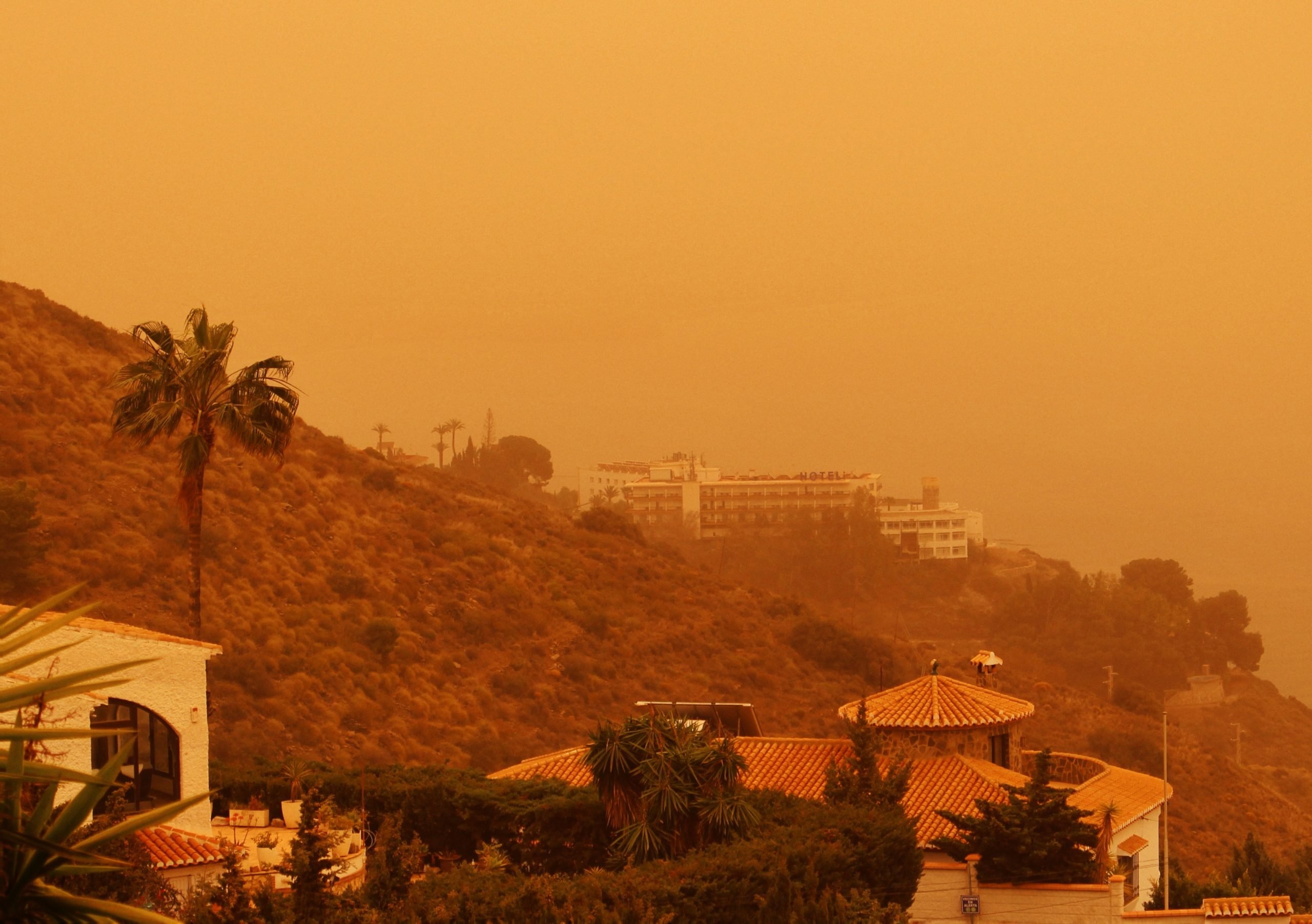

Did I just come face to face with the ghosts of the Moorish past? Their quiet dignities taking shape in the form of sand. It’s as if they had returned to the world of the living and haunted its streets for days.
If Lee had encountered the dust storm during his time in Spain, what would his impressions have been? Nevertheless, he evocatively described the things he had come to see after traveling throughout the country for a year on foot ending his journey in Almuñecar. In his 1969 autobiographical novel “As I Walked Out One Midsummer Morning” Lee wrote, “I felt it was for this I had to come: to wake at dawn on a hillside and look out on a world for which I had no words, to start at the beginning, speechless and without a plan, in a place that still had no memories for me.”
Lee’s portrayal of the landscape had left me wondering what it was like for others, who came to this side of Andalusia.
For Gavin Tun and his wife Julie, it was ‘the tranquil seaside lifestyle’. The couple, both in their early 60’s moved from Chicago in 2019 and now live in Salobreña. A sprawling whitewashed village wedged between lush farmland and the Mediterranean. A Moorish castle towers high above the town.
“As we were considering where to spend our golden years”, Gavin revealed, “we looked at many places starting in the US like Sonoma county or Santa Fe. We then extended our search further afield to Latin America and to Europe specifically in the Algarves in Portugal.”
“It was Gavin who discovered Salobreña”, Julie recounted. Through a serendipitous search on Google maps, tracing the edges of southern Spain’s Mediterranean coast from the comforts of their Chicago home, the couple stumbled on a town that soon was to become their new home. “We did consider several factors before moving down here but the issue of the calima never came up.”
Ted Macauley, another American who lived between Malaysia and France, recently relocated in the area. “I unconsciously selected this coast as it brought me back to what Spain was like when I was growing up circa 1959”, Ted told me. “It’s hard to get used to the dust storm but I cherish the pace of life here”, he confessed.
If there’s one thing these self-exiled expats possessed in common, is their collective affection toward the landscape. Unbowed by the presence of the occasional dust storm, their resignation to embrace what the landscape throws at them, is admirable. It is simply a matter of acceptance.
It’s easy to understand the appeal of the countryside. Costa Granadina is less developed, far from neon lights and city traffic. In the absence of high-rises and high comforts, one may still fall to the charms of provincialism – a dirt road that turns into a goat path, a patchy mobile network, the occasional electrical outages and running out of hot water while in the middle of a shower.
In return, one enjoys having the space. To live amongst nature and the landscape. From the snowy ridges of the Sierra Nevada, to verdant valleys of cherry blossoms and olive trees and the desert patches in between, all the way where the mountain range tumbles straight into the Mediterranean. Up and amongst the hills of Costa Granadina, the tranquility is liberating.
A few days before the Saharan storm, I was strolling in the historical fishing village of Almuñecar, when I came to see Scandinavian toddlers running naked and squealing on the beach. Two french men were confronting each other about parking outside a bazaar shop owned by a Chinese couple. In a nearby chiringuito, where retired beet-faced Germans nursed their early morning coffee, only to be followed by a cerveza at noon, a group of mixed-nationality, aloof football players in their jerseys crossed the street just as an elderly Dutch lady was running after her dog named ‘Freek’.
It seems that the tides have brought in new settlers to this sun-salved Andalusian shore. Despite the assault of the 21st century and the vicissitudes that come with it, the old indefatigable ways endure. The culture is as stubborn as the Saharan sand during a dust storm.
Cowboys on horseback still roam the pueblo’s streets. In the same way goats shuffle into town before heading to the hillsides. A poster announcing a corrida or bullfight for the upcoming fiesta. Old men and the old habit of congregating in a corner with their hands firmly tucked behind their backs. From time to time, a soulful cante jondo floats in the air with the same sweetness as a Spanish cologne. Then there are the obligatory afternoon siestas and the locals reverence of the divine and the miracle of ‘El Gordo’, the big lottery.
The Spaniards were just finishing their late lunches when I finished cleaning the front of the house. The windows, the deck and patio all looking neat and new. The back however still needs doing. That includes the two sides of the house and another wall next to it. But that will have to wait for another day.
My postman amusingly said that pressure washers had become more desirable than women since the last dust storm. It sounded ludicrous. Yet lately, the locals had been scrambling to get hold of one, and all the shops had seemingly run out of stock.
I picked up the day’s paper with the word calima emblazoned on its front page. This year, the dust storm had been the worse according to the report. It swirled over many parts of Europe (on the Swiss Alps, Paris, London even as far as Belgrade) with southern Spain bearing the brunt.
“It is true that seasons change as well as the passage of time. The calima is happening more frequently too and with more intensity due to climate change.” A Spanish friend explained. “But here on the coast, we remain the same like our landscape.”
There is something about southern Spain that stirs you. It has selected what it wants from the world and what it wants from you. High above the foothill villages and along the dreamy shores of Costa Granadina, anyone becomes a victim of an inescapable spell – of countryside charm, climate and calima.
BUTTER MY BAGUETTE
This website made of love strives to produce FREE CONTENT.
Help me tell more stories and keep this website free of any advertisement by supporting Flying Baguette in inspiring more people and connecting you with other cultures and communities around the world. Donate a little or as much as you can afford to keep the magic of Flying Baguette going for years to come. Support by clicking the icons below ⬇️





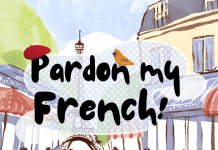
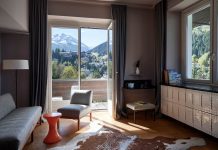

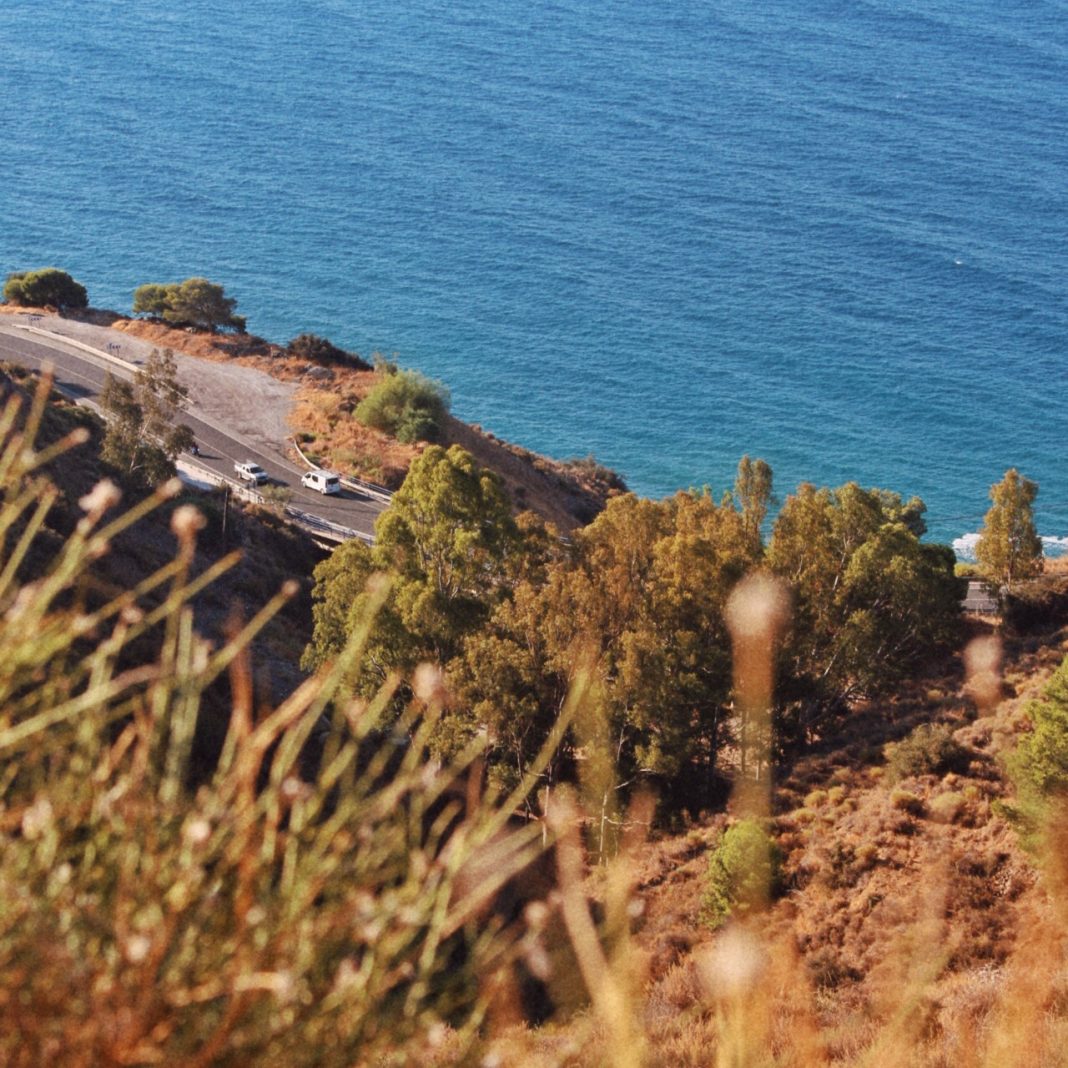
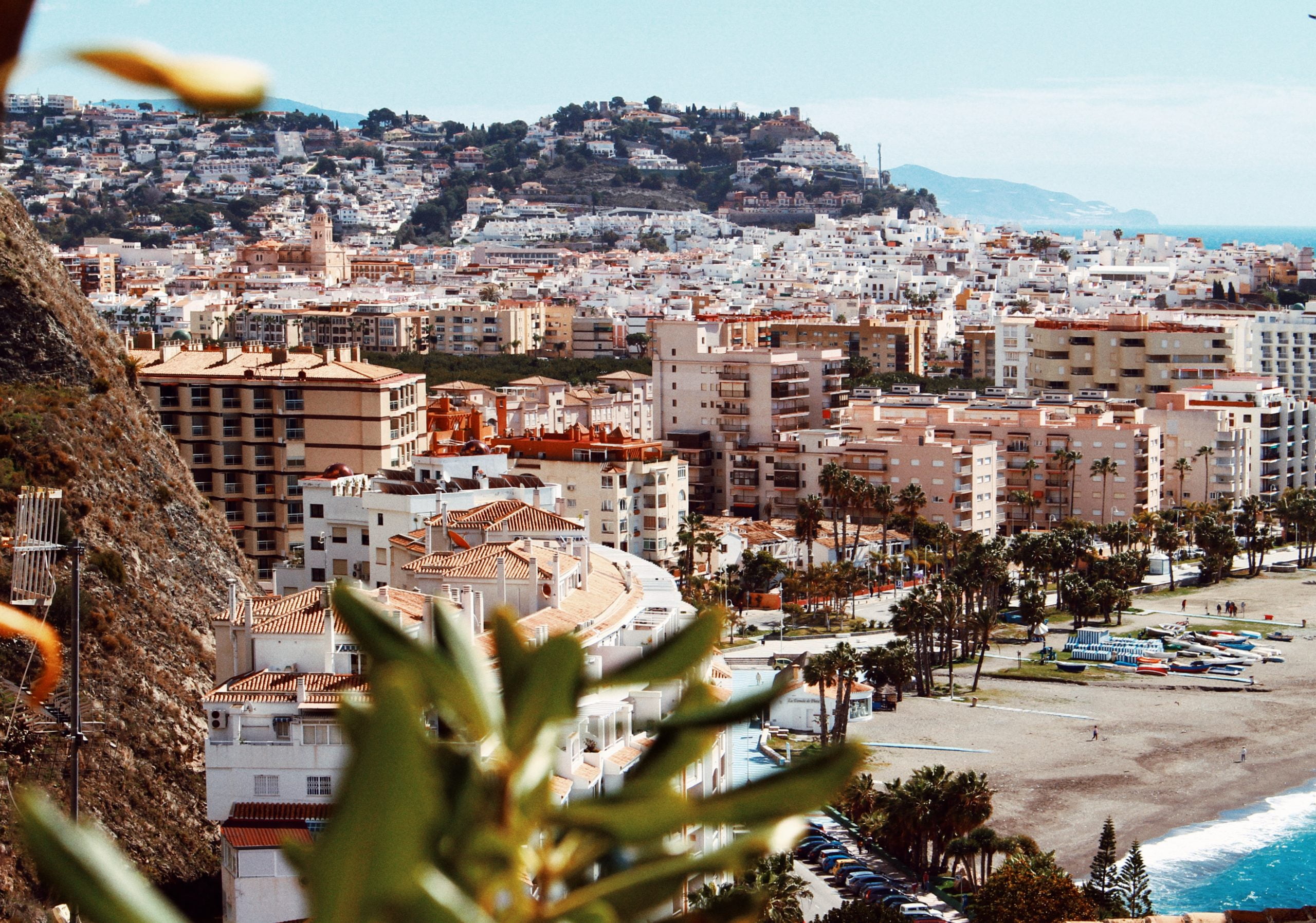
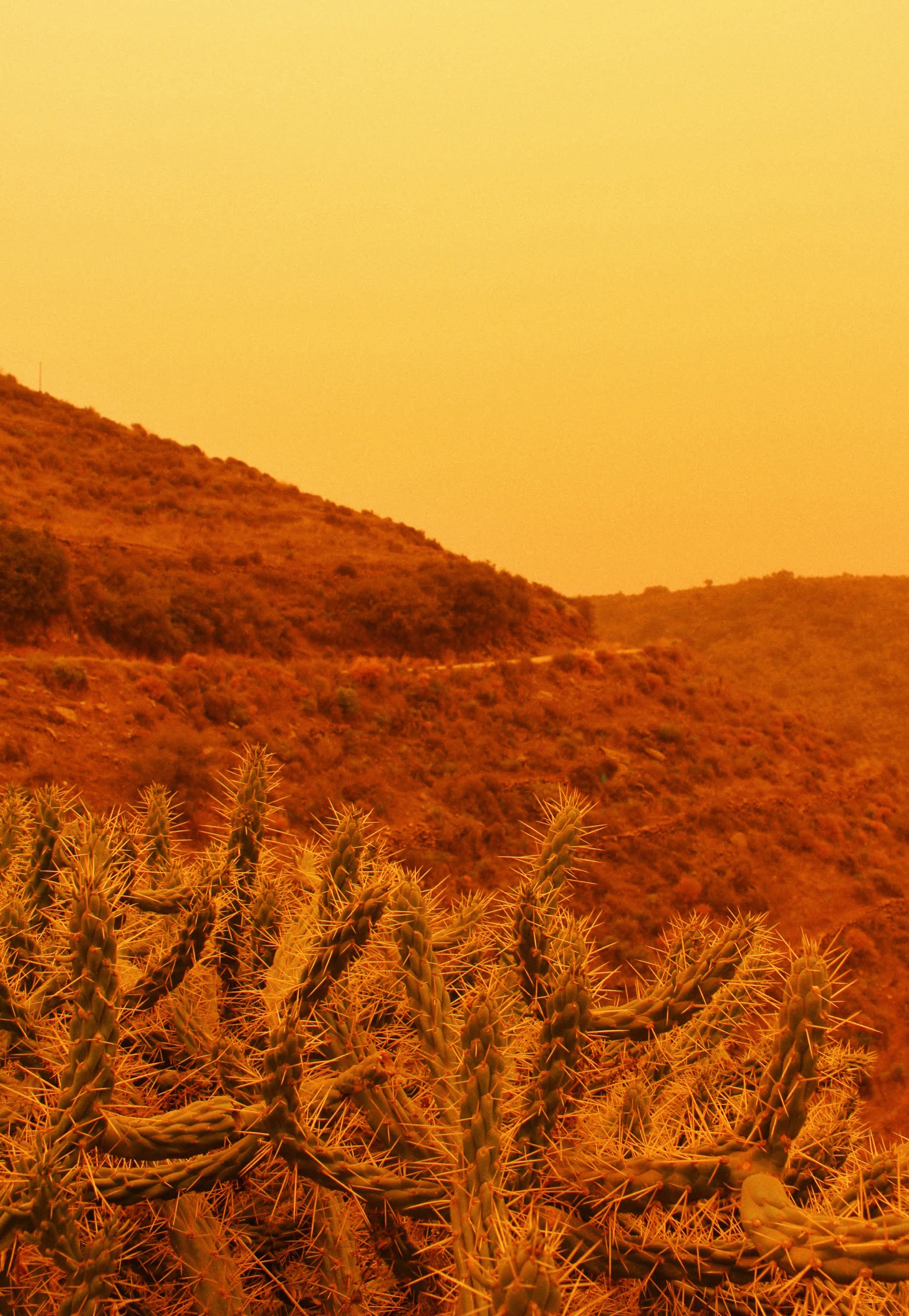
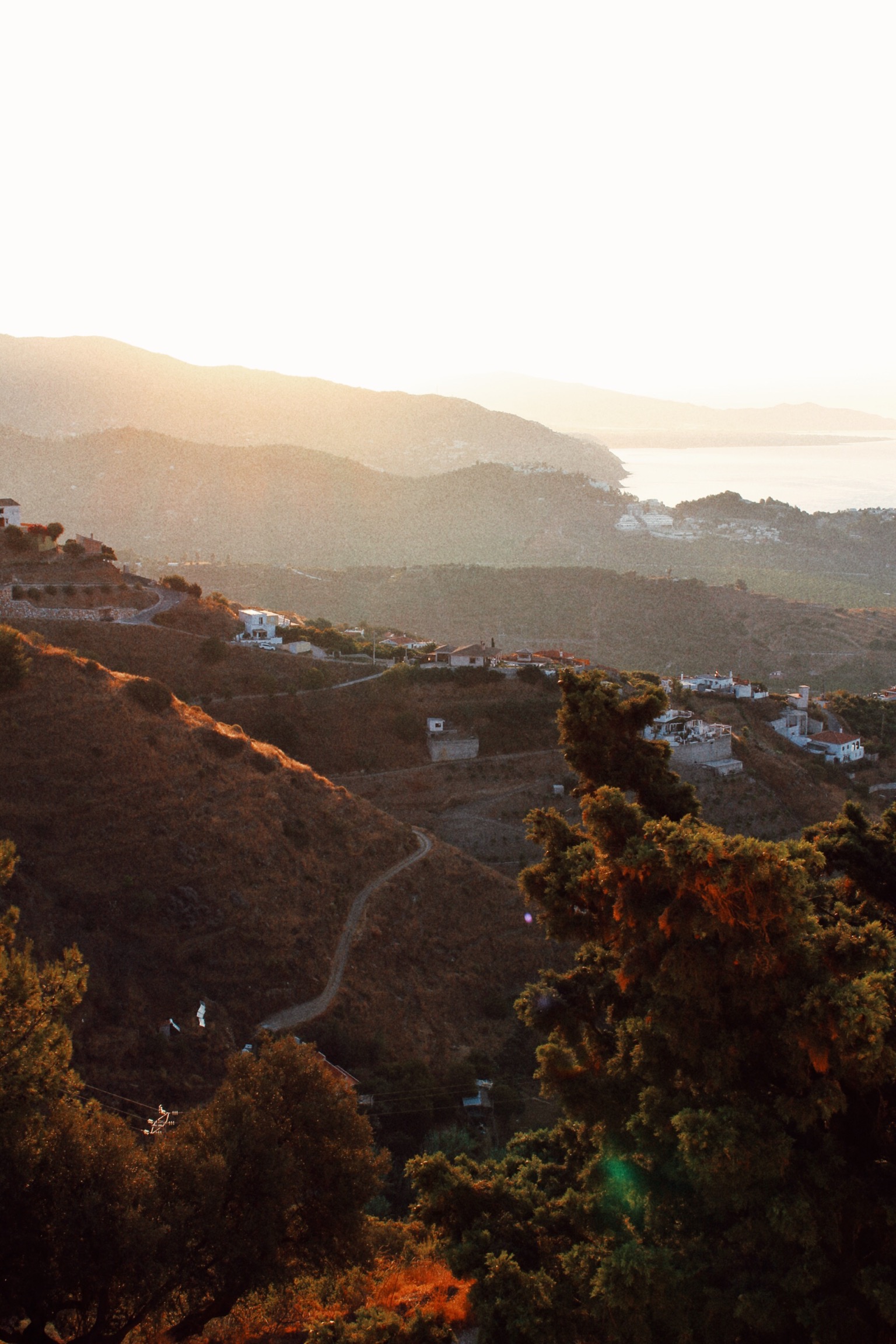
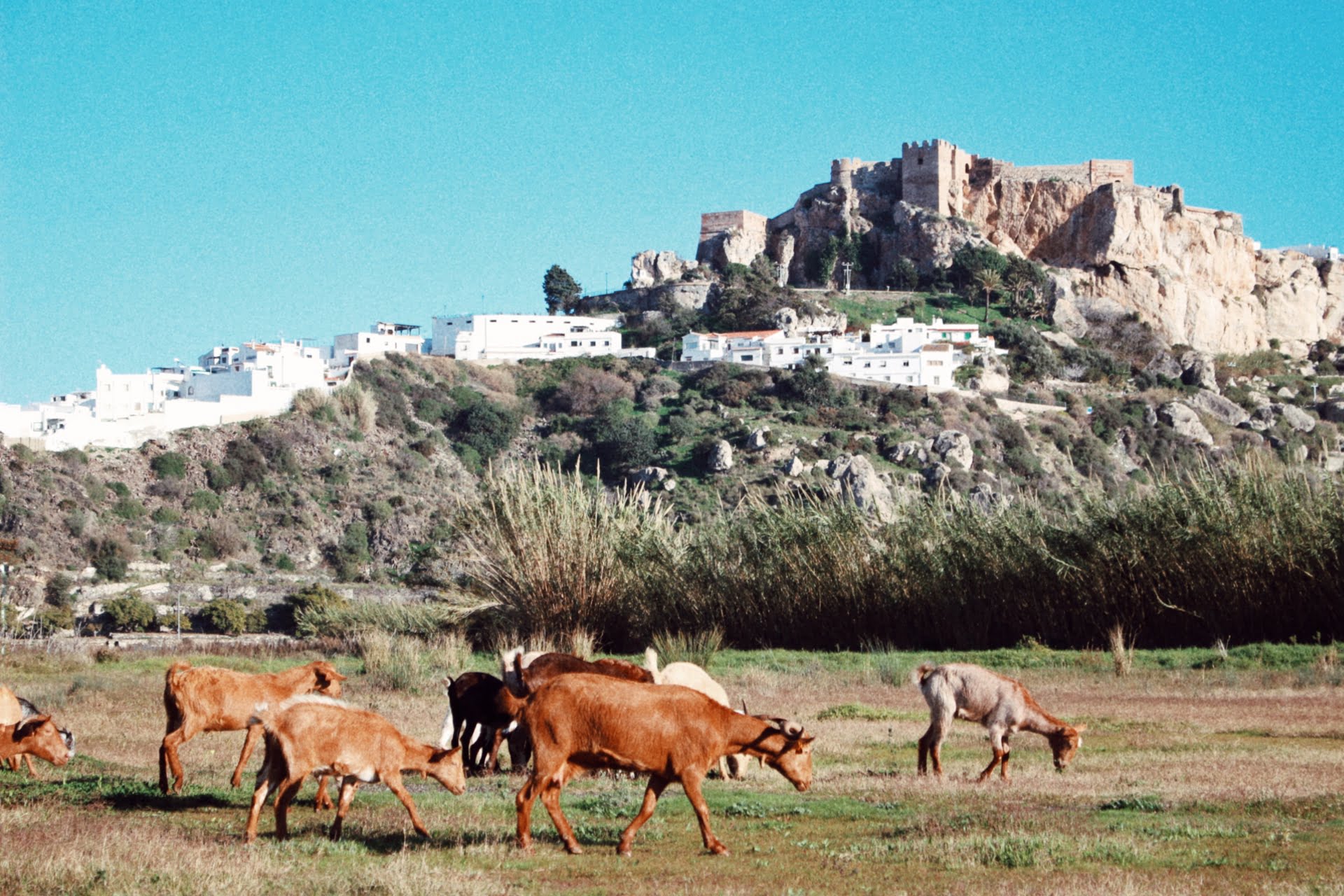
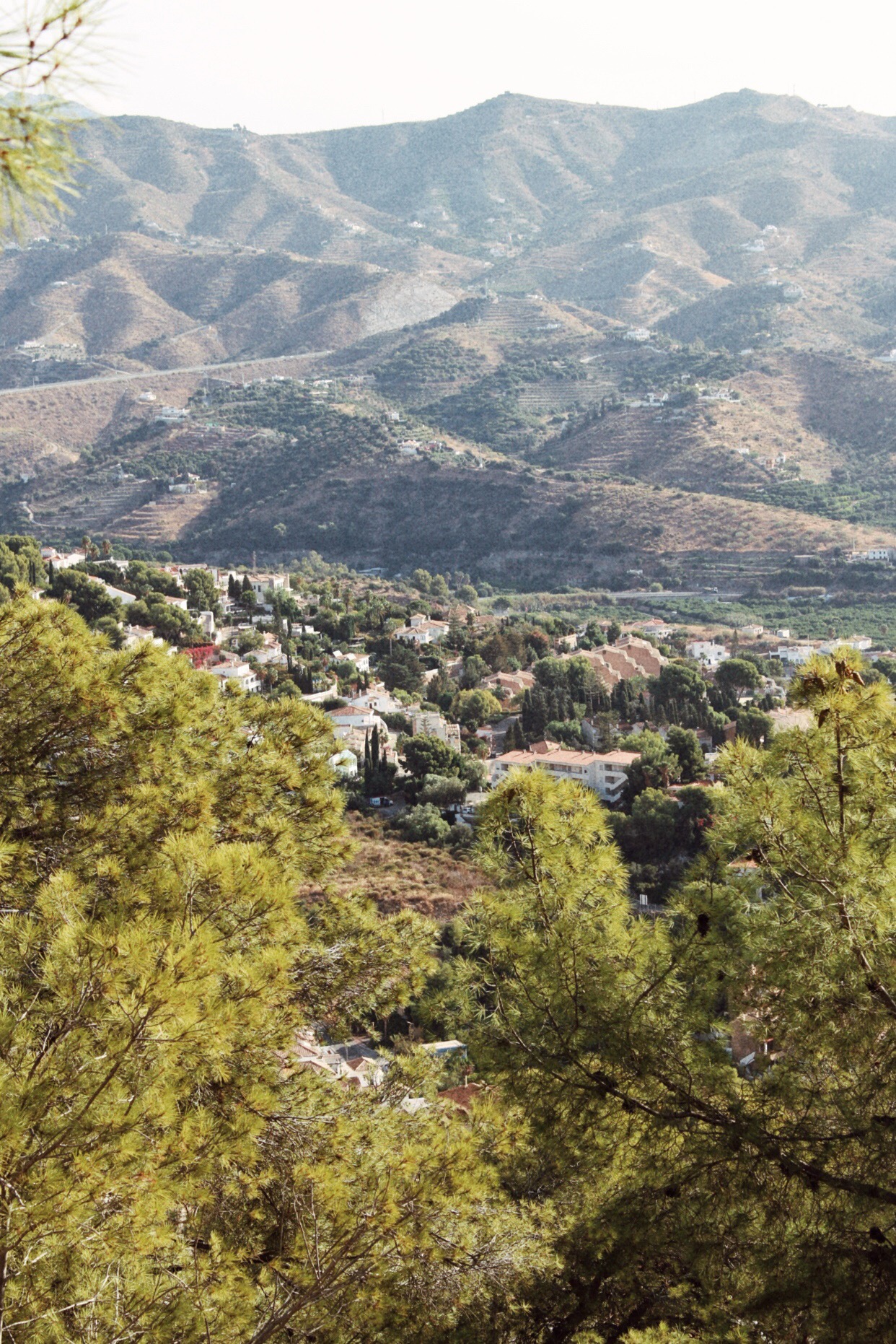
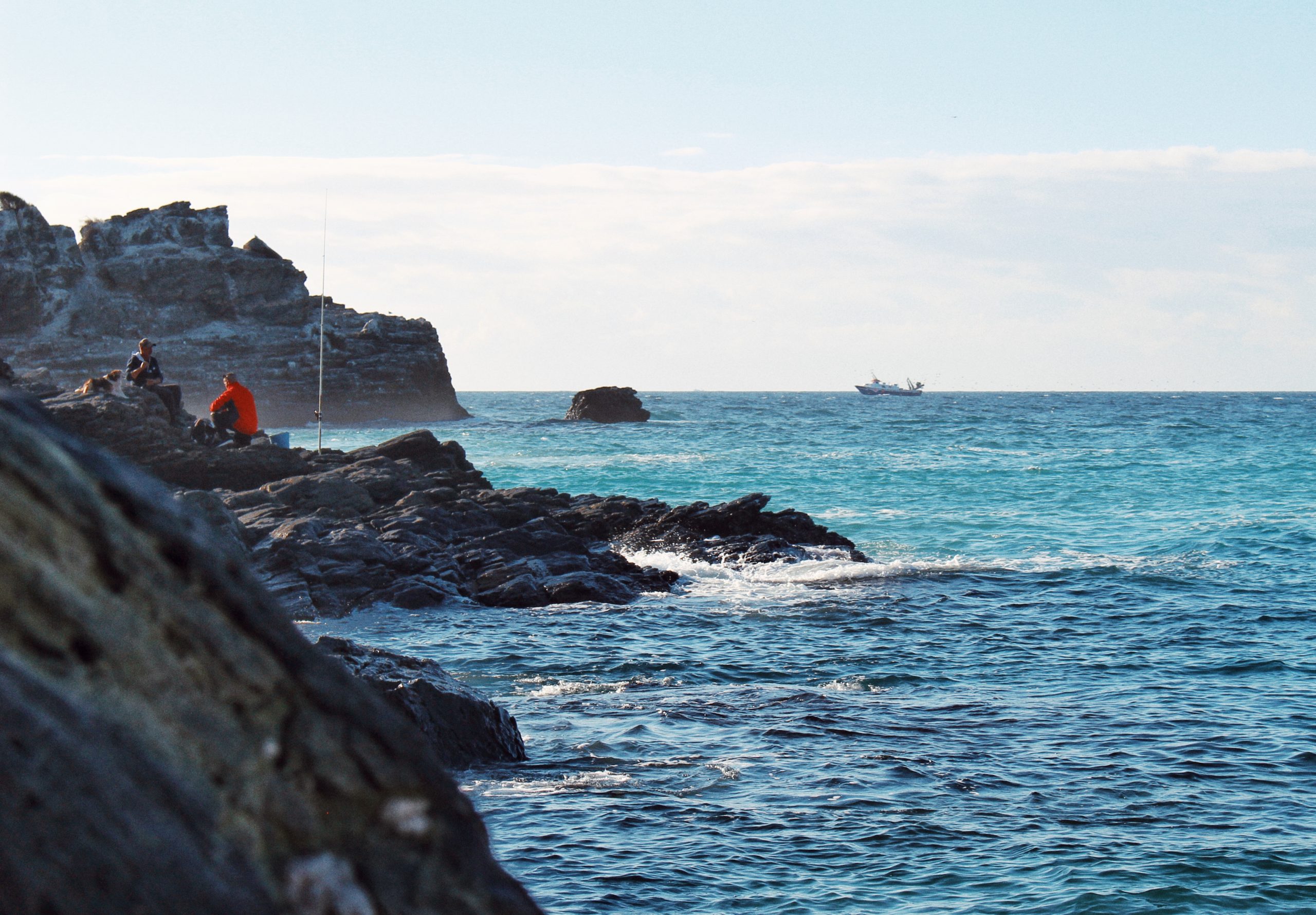

What a beautiful place Jan. Magical. I feel as if I am just starting to get a feel for Europe now as I spend some time in Crete. Other than Cyprus, I’ve been nowhere else save these 2 spots. Much to see!
Ryan
Jan, only you could write about the calima and give it a dreamy sense of time traveling through wondrous Andalusia, which we have all adopted as our new home….calima and all. Thanks for including us in your story. As always, we look forward to reading the next issue of FB!
I enjoyed reading this and how you let the different themes – the calima, traditional life and history, expats, and climate change – play with each other in such a fluid and meaningful way. This felt like something I could have read in a magazine rather than an online blog. Kudos!
Thanks Paul for the glowing review. I’m so glad that you enjoyed the story and above all, find it as a magazine material. Hope one of my future stories will make it in print one day 😉
What an interesting read! I’ve never thought of a sand storm in Spain but not that I think about it, it totally makes sense.
This was a fascinating read. It’s easy to forget how close the desert is to this region. The calima must have been quite an experience – the orange-tinged photos are amazing. We visited Andalusia recently and loved the landscape there.
Even Spain has a few imperfections, but those are the things that make us appreciate the beauty we have on most days. Beautifully written.
I think it’s like a birthmark, which lends a unique identity to a landscape and the only thing that can be done is embrace it. Thank you so much for the read 😉
As always, a great read – but also super informative. We’ve been toying with the idea of buying in Spain and never even considered this kind of phenomenon.
Thanks Jess and Bernie for the read 😉 I can only say and to re-quote “Andalusia is always a good idea” 😉
It’s so easy to forget how long the Moorish rule lasted in this part of Spain, it’s always been a matter of fascination to me. That calima would have been amazing to witness. I remember googlemapping the distance from Spain to the Sahara when I first saw one of your calima tweets. Crazy how close the desert is. Friends of mine have just been hiking in the Sierra Nevada. I definitely want to go hiking there soon.
That goes the same for me too. It’s a tale of such epic proportion laced with love, treachery and nostalgia. It was my first time expereincing it in such magnitude. Fascinating to be in center of such phenomenon. Even the snow in Sierra Nevada turned orange after the storm! But other than that, the landscape is truly transportive. Thanks for read and for the lovely comment 😉
I feel your pain – our house is still tinged with orange months after the last big calima here. Add in wet weather and it literally rains mud. Where I live, it went from pueblo blanco to pueblo naranja in no time.
We are all in this together 😉 I’ve seen swimming pools as well transformed into muddy looking puddles. It’s quite a fascinating expereince to witness Spain’s recent calima. Hope your pueblo is back to being blanco 😉
I have never made it this far south in Spain. Your article makes me believe I should – in spite of ( or because) calima. The pictures look otherworldly.